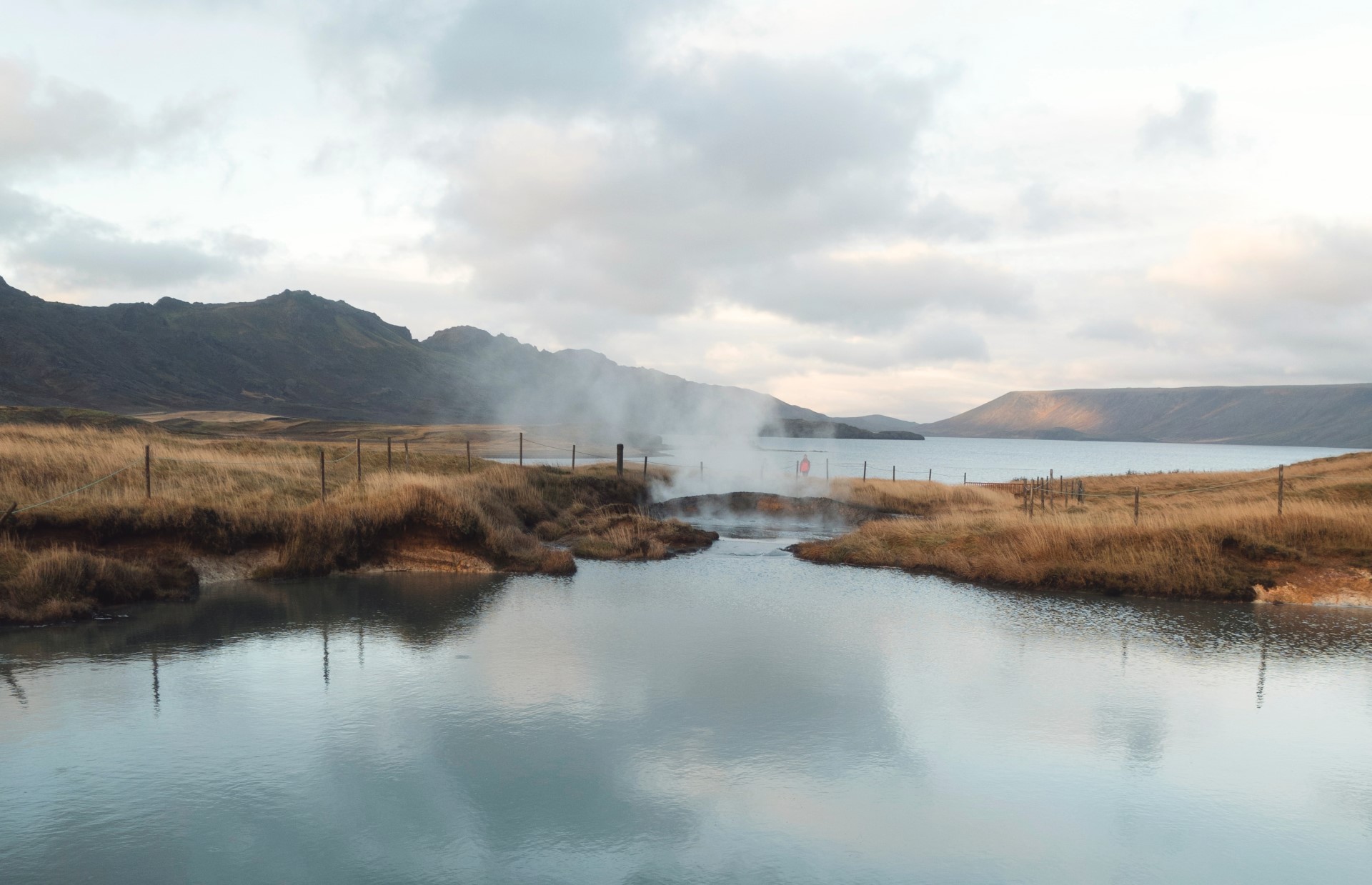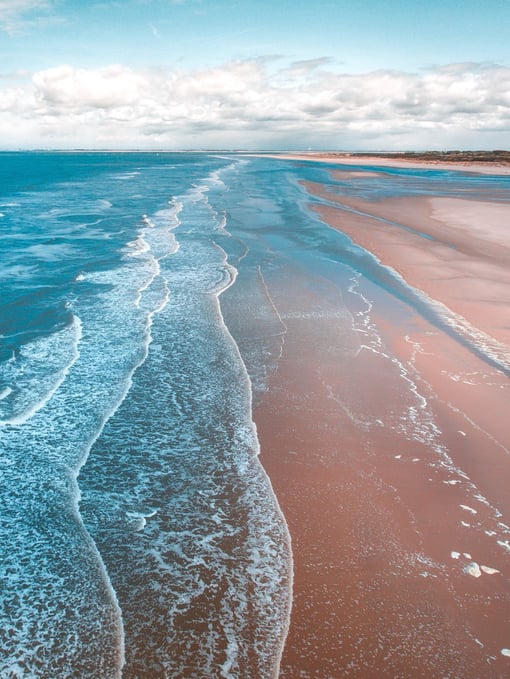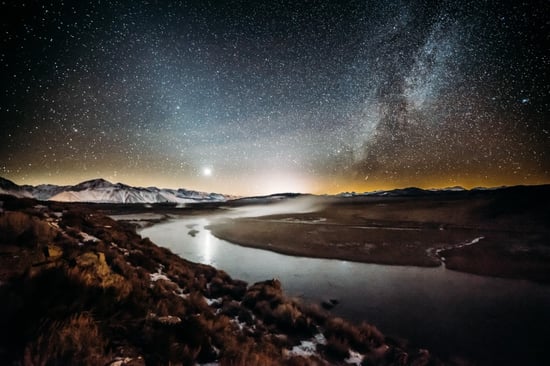
That water pollution exists is hardly a state secret. What form it takes and what we should do about it, however, are facts a little less well-known. Here’s the skinny.
The Blue Planet got that name for a reason (and it’s not because it’s full of Democrats.)
Earth earned its moniker for the simple reason that it is largely composed of water – 71 percent, according to our good friends at NASA. It’s spread out across the oceans, lakes and rivers of the world, and trickles through soil, aquifers and Other Underground Spaces.
Sadly, that water is not as pure as it used to be. Not by a long shot.
Today, water pollution is one of the biggest issues we face, and solving it is crucial for the wellbeing of people, wildlife and the planet as a whole. As with most things, knowledge is the first step in becoming good stewards. Let’s take a look at where water pollution is found and what forms it takes today.
Where Is Water Pollution Found?
 Surface Water Pollution
Surface Water Pollution
Surface water, as defined by Nat Geo, “is any body of water found on the Earth’s surface, including both the saltwater in the ocean and the freshwater in rivers, streams, and lakes. A body of surface water can persist all year long or for only part of the year.”
Therefore, surface water pollution affects the bodies that we typically think of when we think “water.” But that’s not the only kind here on Earth.
Ground Water Pollution
There is also ground water. As the name implies, this is the H20 that runs beneath our feet, collecting in the cracks of rocks and saturating sand and soil. That’s why if you dig down far enough, you can create a well. #science
Water also collects in caverns, connected networks of spaces, and saturated sediments, all of which are known as aquifers. While the latter is a loose term, essentially refers to an aggregated water supply. We routinely pillage these aquifers for municipal drinking needs as well as irrigation for agriculture. Sadly, they’re not refilling at nearly the rate we’re draining them – another fun little tidbit to add to your climate fears.
Don’t worry: We don’t advocate hysteria. We’re all about knowledge, so let’s turn our attention now to what forms pollution can take.
What Types of Water Pollution Exist?

Given the wide range of human activities, it should come as no surprise to anyone that water pollution also takes a wide range of forms. According to social justice organization Fair Planet, these include, but aren’t limited to:
- Suspended contaminants: Some forms of pollution are too large to mix in seamlessly to the water. Instead, they float in the water. Think macro objects like straws or cans, or microparticles of plastic and other human-made materials.
- Chemicals: We produce and use chemicals for an untold range of purposes. These can include pesticides, insecticides, home improvement supplies, cosmetics, home care products, cleaning agents, pharmaceuticals and more. We even have evidence that the drug industry is doping our wildlife.
- Eutrophication: As we explain here, eutrophication is a deadly result of nutrient pollution. Human activities such as agriculture and landscaping pour massive amounts quantities of substances such as nitrogen and phosphorous into the ecosphere. These act as fertilizers for plants, but they also fertilize microorganisms such as algae.
- Microbes: This in turn causes “blooms” of algae, which overtake the environment. Those microbes suck oxygen out of the water, creating “anoxic” zones that choke out other plants and wildlife.
Obviously, none of these is good. So what can we do?
How Can We Fight Water Pollution?
There are a number of ways to fight this major issue. Using fewer chemicals in our own homes is a major one. That means buying green cleaning supplies, natural beauty products and sustainably sourced home supplies.
Choosing organic food wherever possible is also an excellent way to reduce water pollution. By snatching those dollars back from Big Ag, you give them less power and money to pollute the environment.
Hands down, one of the best ways to kick pollution in the teeth is to build green infrastructure. Systems that capture rain, stormwater and industrial runoff before it gets into major bodies of water are always preferable to wastewater treatment plants, which ironically add their own chemicals to the environment. (!!!)
Some of our favorite green infrastructure types include:
Want to learn more about any/all of the above systems? We would love to help. Reach out to our team today!

